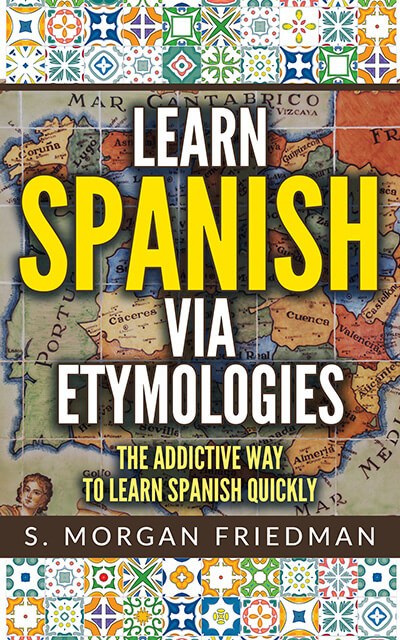Spanish for “lie” (Mentira) comes from the Latin mandacium for the same, which in turn, comes from the earlier Latin menda for “defect; fault”. But the Latin Menda comes from the Proto-Indo-European root *mend- meaning the same, fault or defect.
Thus, we see an interesting transition over time: a defect turned into a lie. The word took on more and more agency: the problem didn’t just happen; it was an explicit lie!
The same PIE root *mend-, in English, took a different route: via French, it turned into the modern English amend and amendment. Thus, in English, “defect” turned into the more accidental, less bad, “lets make a change!”.
We can see the parallels easily: the m-n-t of mentira map to the (a)-m-n-d of amend. The d- and t- transformation is very common and the sounds are often interchangeable.
We also have the English mendacious which is a direct parallel to mentira… but everyone seems to have forgotten that word.

